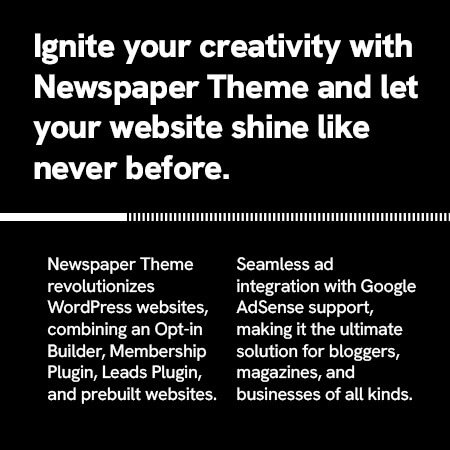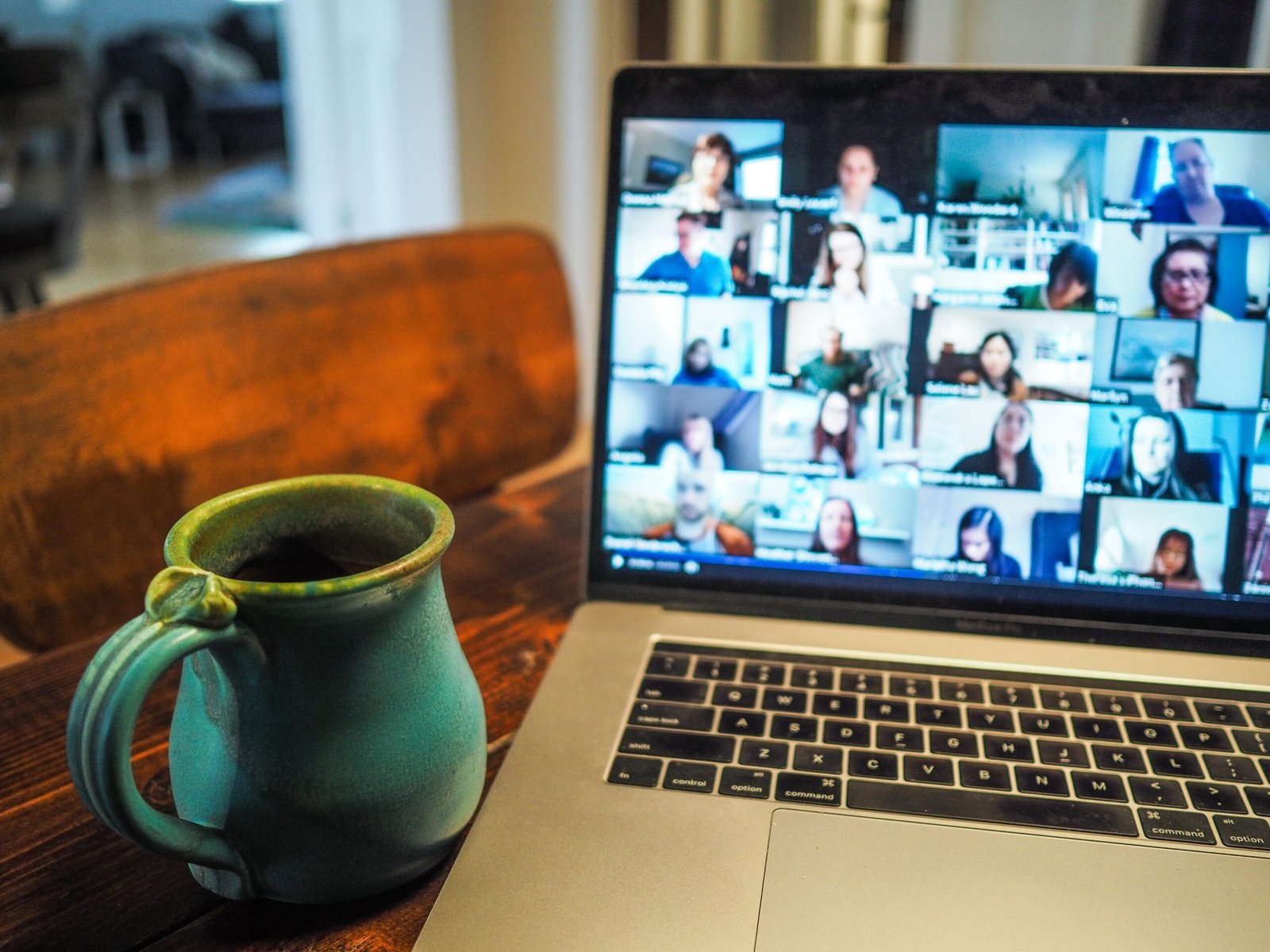Introduction
Home education provides a unique opportunity for parents to tailor their child’s learning experience. While textbooks are a valuable resource, incorporating creative learning materials can enhance the educational journey. In this blog post, we will explore various creative resources that can be used to supplement traditional textbooks and make learning at home more engaging and enjoyable.
1. Educational Apps and Websites
In the digital age, educational apps and websites have become valuable tools for home education. These platforms offer interactive lessons, quizzes, and educational games that cover a wide range of subjects. Some popular educational apps and websites include Khan Academy, Duolingo, and National Geographic Kids. These resources provide a fun and interactive way for children to learn and reinforce concepts outside of traditional textbooks.
2. Hands-On Experiments and Projects
Hands-on experiments and projects are a fantastic way to bring learning to life. Whether it’s conducting a science experiment in the kitchen or building a model of the solar system, hands-on activities engage children’s senses and allow them to explore concepts in a practical manner. Websites like Science Buddies and DIY.org offer a plethora of project ideas and step-by-step instructions for children of all ages.
3. Virtual Field Trips
Field trips are an excellent way to provide real-world context to what children are learning. While physical field trips may not always be possible, virtual field trips can be just as informative and exciting. Many museums, zoos, and historical sites offer virtual tours that allow children to explore different places and cultures from the comfort of their own homes. Websites like Google Arts & Culture and National Parks Virtual Tours provide access to a wide range of virtual field trip opportunities.
4. Educational Videos and Podcasts
Visual and auditory learning can be just as effective as reading from a textbook. Educational videos and podcasts present information in an engaging and accessible format. Platforms like YouTube, TED-Ed, and Crash Course offer a wealth of educational content on various subjects. Encourage your child to watch educational videos or listen to podcasts related to the topics they are studying to deepen their understanding and spark their curiosity.
5. Art and Creativity
Art and creativity are powerful tools for enhancing learning. Encourage your child to express their understanding of a topic through art projects, such as drawing, painting, or creating a collage. This allows them to think creatively and visually represent their knowledge. Additionally, incorporating creative writing exercises, such as storytelling or journaling, can further develop their language and communication skills.
Conclusion
When it comes to home education, textbooks are just the beginning. By incorporating creative resources into your child’s learning journey, you can make education more interactive, engaging, and enjoyable. From educational apps and websites to hands-on experiments and virtual field trips, the possibilities are endless. Embrace the power of creativity and provide your child with a well-rounded education that goes beyond the confines of traditional textbooks.











